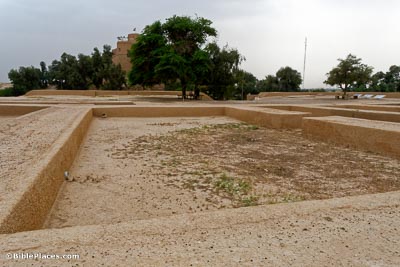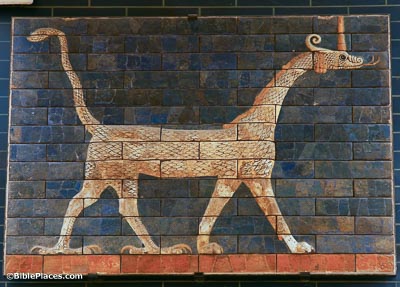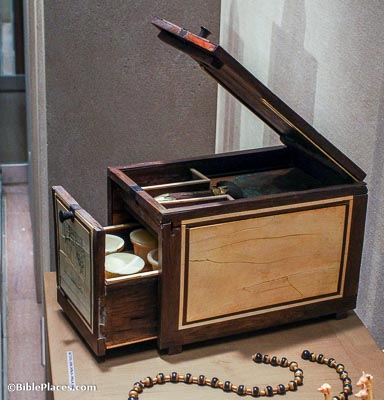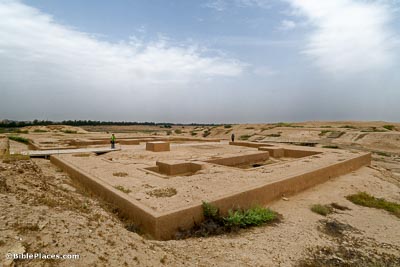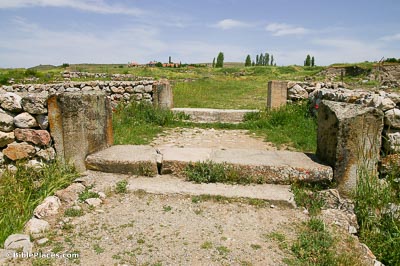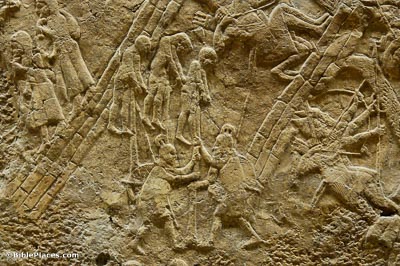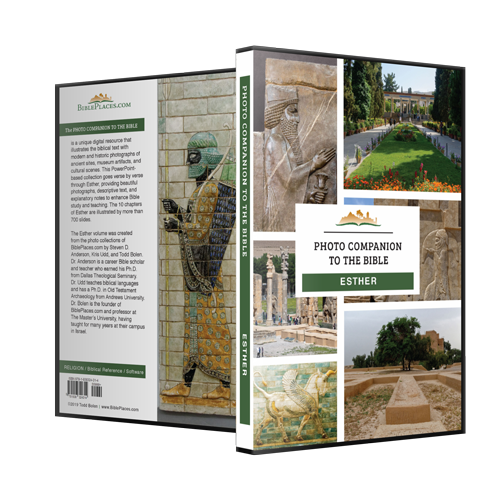Let the king appoint officers in all the provinces of his kingdom, that they may gather all the beautiful young virgins to Susa the citadel, to the house of the women (Esther 2:3).
The harem was located behind (south of) the throne room. Archaeologists excavated a series of apartments at this location in Susa that they believe housed the women. These have not been reconstructed, but they are located just beyond the wall in the center of this photograph.
